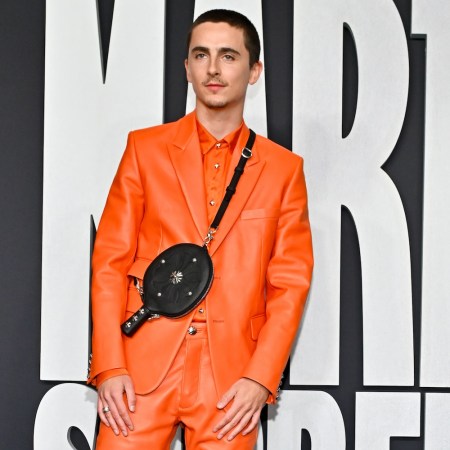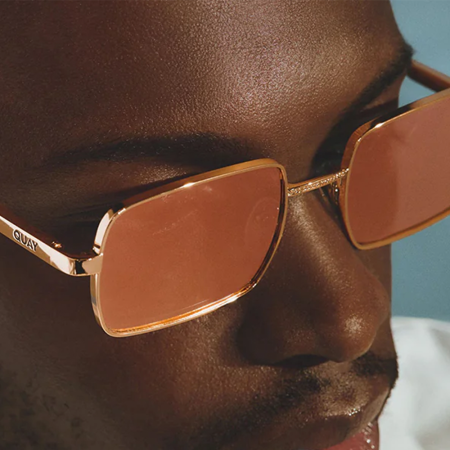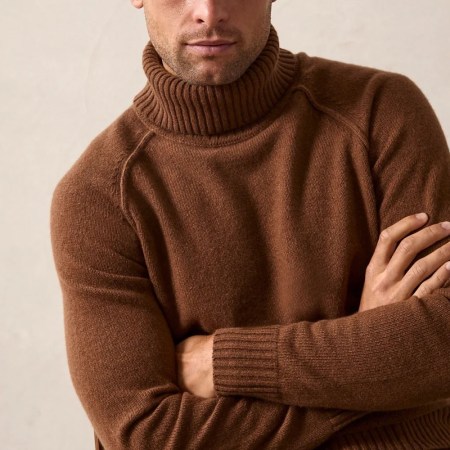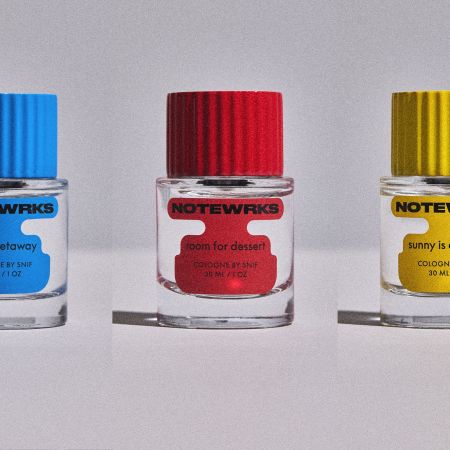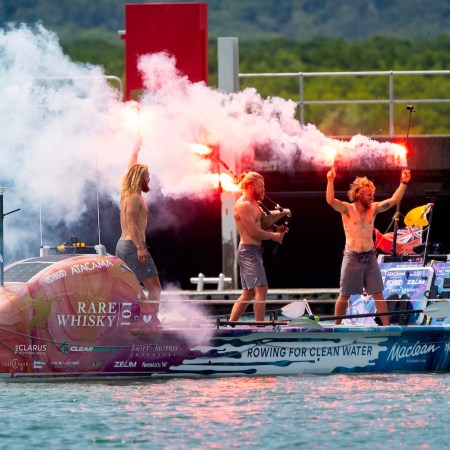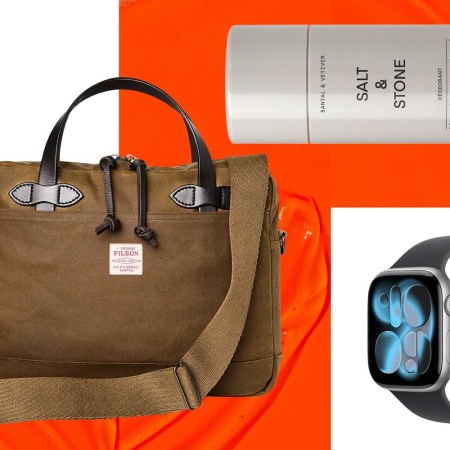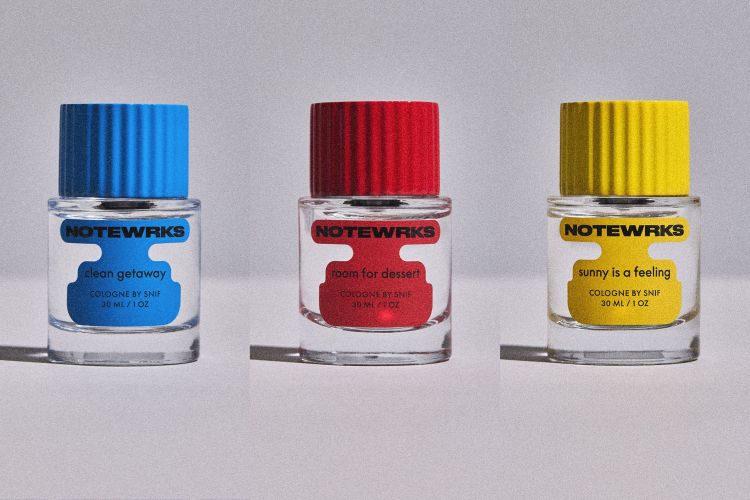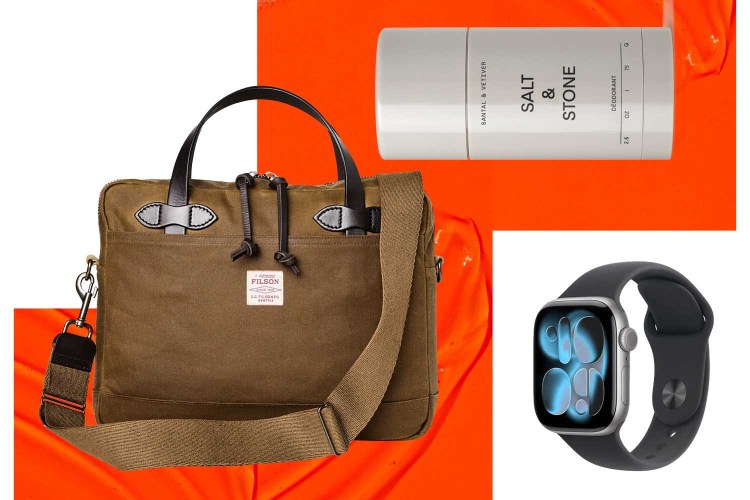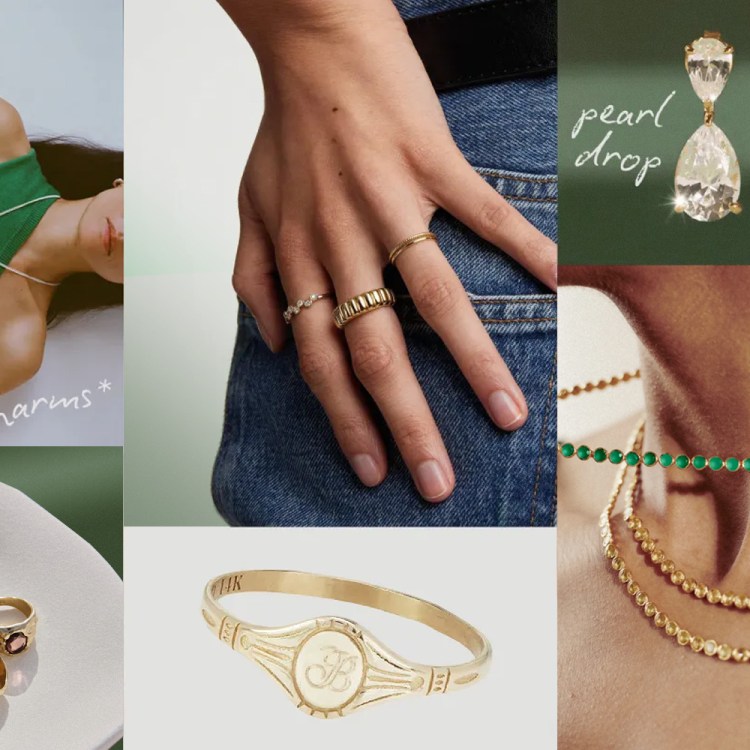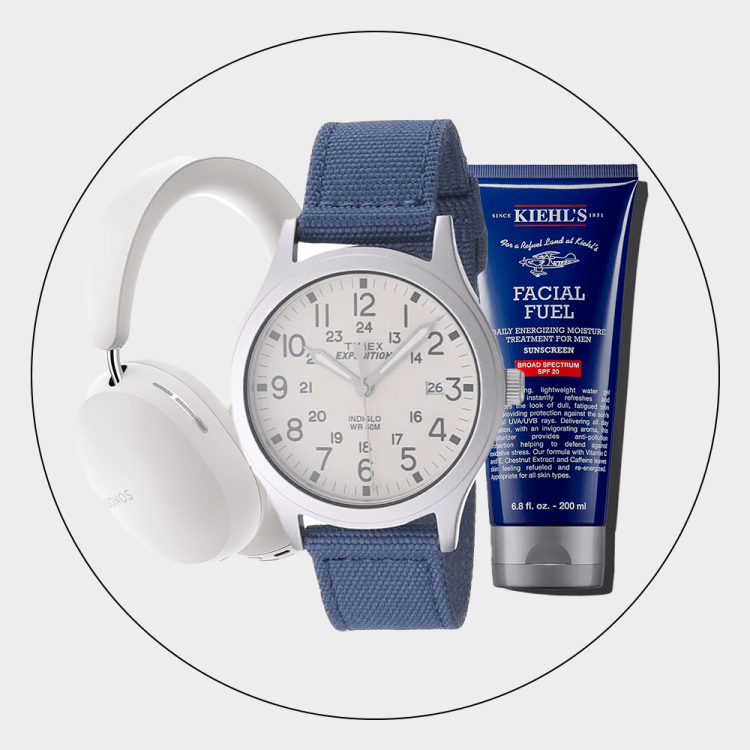From apprenticing for his family’s business as a teenager to suiting up H.R.H. the Prince of Wales, Steven Hitchcock has become a fixture on the UK’s iconic Savile Row as a master of the soft-drape suit. Hitchcock’s father, John, began working for the legendary Anderson & Sheppard at the age of 16. Steven later followed suit (pun very much intended), joining his father at the firm in 1990 (like his father, he was 16 when they hired him). After 52 years of dedicated work with the firm, the elder Hitchcock retired. And so Steven, then 24, went on to start his own tailoring business.
Somewhat of a renegade within the hallowed — and typically change-averse — environs of Savile Row, Hitchcock recently embarked on a U.S. tour to introduce his craft to Statesiders. We caught up with him in New York to talk about the rules of British suiting — and more importantly, how to break them.
InsideHook: How does a Savile Row suit differ from what most American fellas are used to wearing?
Steven Hitchcock: I have seen a lot of American tailoring over the years, and the main points on the suit are: firm, built-up shoulders, a large loose chest, too long in the body, trousers too baggy and worn with a belt. This style in my opinion is sloppy and unflattering to most body types. My suits are made with a soft shoulder to follow the natural shoulder line of the wearer. The chest is cut with enough drape and tailored softly, creating a luxurious look. I shape the waist just a little to accentuate the client’s body. The length of the coat is cut to compliment the height of the client. My trousers are cut not too loose and not too tight, and always with side straps, not to be worn with a belt.
IH: Is this the same as the “Scholte” cut?
SH: I was taught the Scholte way of cutting and have stayed true to that way today. I love the high armholes and the way that helps keep the back neck of the coat ‘glued’ to the back of the neck. For me, the Scholte cut is the only way to cut … all else is inferior!
IH: What fabrics does your cut work best with?
SH: Mid-weight wools and an element of cashmere is always good. Soft tweeds and washed linens always look great. But the ultimate cloth that suits the soft drape cut is a cloth called Barathea. It is only produced in black, midnight blue and cream. This is because it is reserved for dinner suits, morning wear and dress coats. However, the Barathea weave is supple and also has a little ‘give,’ so it is comfortable to wear and ideal for the drape cut, as it is a naturally fluid, draped cloth.
IH: What fabrics does the cut not work well with?
SH: I have made all weights and types of cloth up, but would say super lightweight cloth, such as 6-oz. or 7-oz. all-wools. Cloth as light as that is always difficult to control in tailoring as it is flimsy and gutless. I have made up 6-oz./7-oz. cloth, but have never really been happy with the results.
IH: Who is the soft drape cut for?
SH: Everyone! The soft drape looks good on the larger figured gentleman as it is not restricting. The draped chest looks good on a slim figured gentleman, as it adds depth to a fine chest. I have also made suits for bodybuilders and muscular gentlemen, and the soft drape complements their firmer bodies, following the contours of their build. I also have a few female clients and as women often have soft curves, the drape cut and soft construction works very well with feminine bodies.
IH: Who is the soft drape cut not for?
SH: You have to be in the right frame of mind to wear a soft cut. You cannot come in to me and say you want square padded shoulders, a hard chest and a tight waist … you won’t get it from me! The drape cut is about looking natural, being relaxed in your suit and working with the body — not against it.
IH: Can it be worn for any occasion (business, weekend, leisure, wedding, etc.)?
SH: Yes, any occasion. I make wedding suits, morning suits, shooting/hunting attire, linen shorts for hot holidays, sports coats for leisure and suits for all types of business. The soft drape style travels well and is worn for every occasion.
IH: How is Savile Row these days? Have the traditions or methods changed much since you began working their as a teenager?
SH: Savile Row has changed a lot over the years, good and bad. There has been an influx of made-to-measure and off-the-peg suits … some houses selling more of those than bespoke. I trained as an apprentice coatmaker and then was invited to the cutting room to learn all the aspects of cutting — there are not many of ‘me’ left on Savile Row. So to champion the classic way of tailoring and to be a master tailor is very important to me. The good thing that is happening on Savile Row is that there is a growing interest in bespoke suits, and clients are younger … which is future proofing.”
IH: What are five hard-and-fast rules every man should know before he buys a suit?
- You don’t need to be wearing what your father wore.
- Play with color.
- Don’t be afraid of wearing tie pins, silk pocket squares and good cufflinks.
- Always press your trousers and polish your shoes the night before you wear them.
- And a bespoke suit looks best on a smiling gentleman.
The Charge will help you move better, think clearer and stay in the game longer. Subscribe to our wellness newsletter today.

